Locations
3241 to 3264 of 5493 results
-
Sint-Pauluskerk Aldtsjerk
Sint-Pauluskerk Aldtsjerk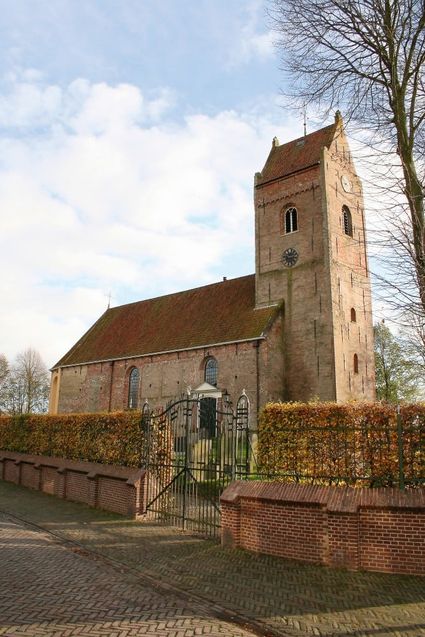 Aldtsjerk
Aldtsjerk
from your location
-
Restaurant het Witte Huis
Restaurant het Witte Huis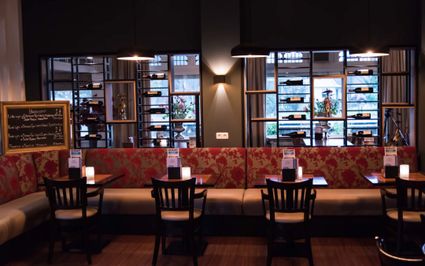 Olterterp
Olterterp
from your location
-
Rengersbrug
Rengersbrug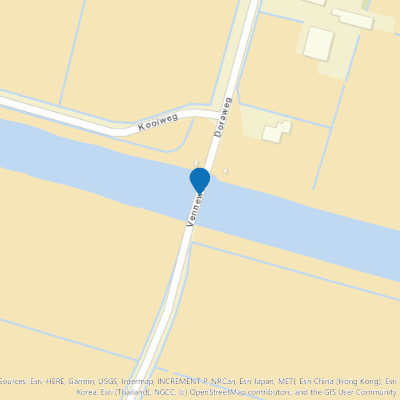 Lemmer
Lemmer
from your location
-
Kampari - Toscane
Kampari - Toscane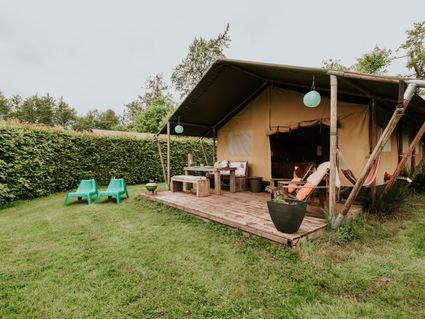 Delfstrahuizen
Delfstrahuizen
Direct boekbaar
from your location
-
Het Ambacht - Lunchroom & Delicatessen
Het Ambacht - Lunchroom & Delicatessen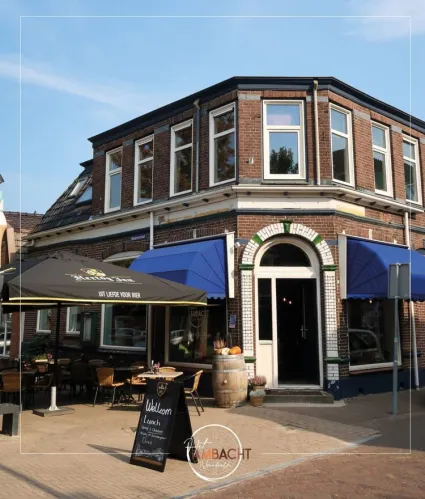 Noordwolde
Noordwolde
from your location
-
Park Baayvilla's
Park Baayvilla's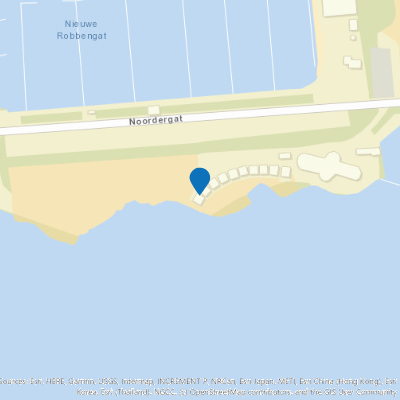 Lauwersoog
Lauwersoog
from your location
-
Camperplaats Hof van de Koning
Camperplaats Hof van de Koning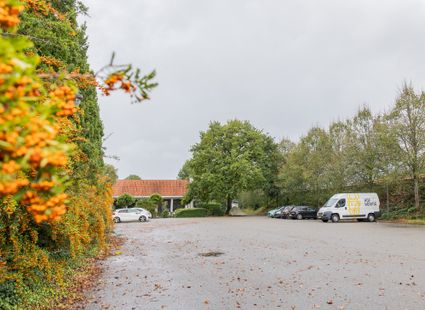 Heerenveen
Heerenveen
from your location
-
Camping it Krúswetter - Appartement Sweltsje
Camping it Krúswetter - Appartement Sweltsje Easterlittens
Easterlittens
Direct boekbaar
from your location
-
Molen De Hoop Dokkum
Molen De Hoop Dokkum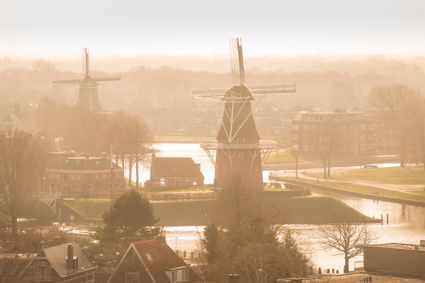 Dokkum
Dokkum
from your location
-
De Swarte Aernt
De Swarte Aernt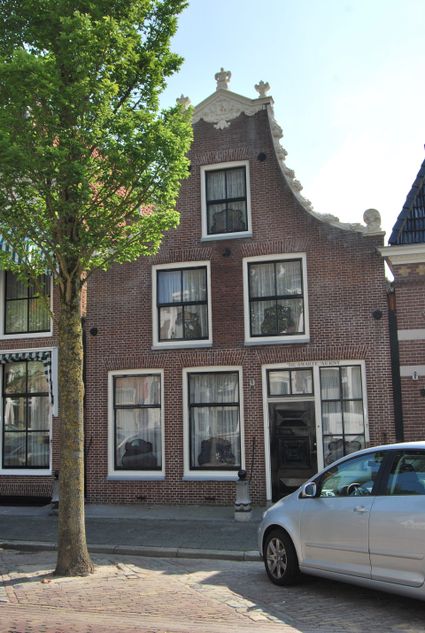 Harlingen
Harlingen
from your location
-
Attack on the port of Oostmahorn
Attack on the port of Oostmahorn
The liberation of the north-eastern part of Friesland was not achieved without a struggle. The Dutch Domestic Armed Forces (NBS) and Canadian troops fought fierce battles, partly side by side. It was mainly occupiers fleeing in panic who caused fights and shootings that claimed victims on both sides. A fierce battle was also fought over the port of Oostmahorn.
After the liberation of Dokkum, Kollum and Dokkumer Nieuwe Zijlen, the attention of the Canadian troops turned to the port of Oostmahorn. It was the gateway to the island of Schiermonnikoog, which was part of the German defence line, the Atlantic Wall. This bulwark ran along the coasts of France to Norway. During the war, and extensive occupying force was stationed on the Wadden Island.
The village of Oostmahorn was "relieved" by the Dutch Domestic Armed Forces (NBS) on Saturday, 14 April, after the German Grenzschutz (border control) left in silence for Schiermonnikoog. Meanwhile, a group of more than a hundred fleeing SS and SD men and a dozen women crossed the Lauwerszee from Groningen near Zoutkamp with three boats to the island. A number of them were high-ranking SD members of the infamous Scholtenhuis in Groningen. When the NBS saw them sailing past from the port of Oostmahorn, shots were fired back and forth.
The German occupying forces on Schiermonnikoog then wanted to take revenge. The village and the port of Oostmahorn were attacked from the island for two hours on Monday, 16 April. A convoy of three Dutch boats left for the port with the aim of landing there. Meanwhile, the help of the B-Squadron of the Royal Canadian Dragoons (1st Armoured Carrier Regiment) in Dokkum had been called in. The attack was narrowly repelled, but two Canadian soldiers from a reconnaissance group were killed. A defence line of foxholes and armoured vehicles was erected around the village.
Further reinforcements were called in that day from Leeuwarden, where C Company of the North Nova Scotia Highlanders were sent to the coastal strip to patrol for German landing attempts.
After a brief but heavy shelling from the Canadians as a warning, a mediator was sent to the island the next day. The highest-ranking SD officer refused to surrender. They were waiting for an escape with a Schnell boat that was to take them to the German Wadden island of Borkum on 3 May. That turned out to be in vain, but in the meantime they kept the island occupied, even after the general capitulation of the whole of the Netherlands on 5 May.It was not until 11 June that two boats, the MS Waddenzee and the MS Brakzand, transported the last occupiers of Schiermonnikoog to the port of Oostmahorn. A column of army trucks packed with prisoners of war left the port under the guard of the Allies. From there they went to the POW camp in Beerta (Groningen).
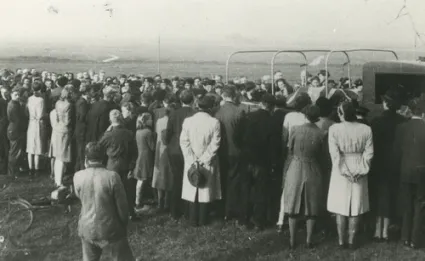 Eanjum
Eanjum
from your location
-
-
Strandje bij Terherne
Strandje bij Terherne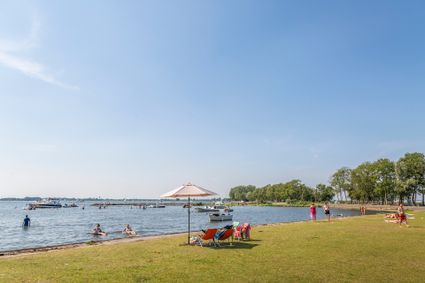 Terherne
Terherne
from your location
-
Herberg Boswijck
Herberg Boswijck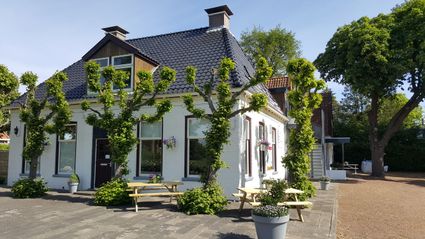 Wijckel
Wijckel
from your location
-
Ons Huis (armenhuis)
-


Accept cookies to see this content.
Ons Huis (armenhuis)
 Beetsterzwaag
Beetsterzwaag
from your location
-
-
Steiger Et Wiede
-


Accept cookies to see this content.
Steiger Et Wiede
 Nijetrijne
Nijetrijne
from your location
-
-
Het Schuilkerkje Pingjum
Het Schuilkerkje Pingjum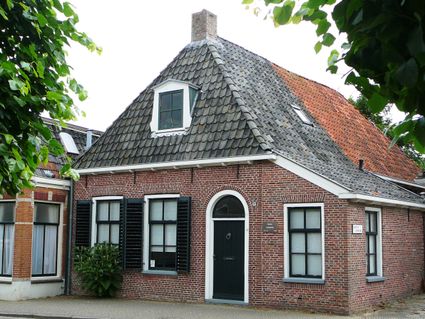 Pingjum
Pingjum
from your location
-
Hartwerd Bell Tower
Hartwerd Bell Tower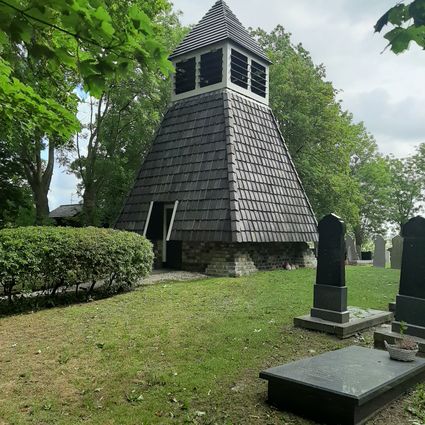 Hartwerd
Hartwerd
from your location
-
TOP Oostmahorn
TOP Oostmahorn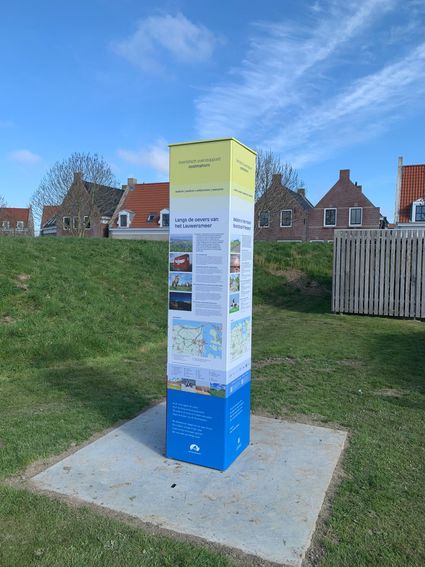 Anjum
Anjum
from your location
-
Rottige Meente - Lindedijk - Vogelkijkhut
Rottige Meente - Lindedijk - Vogelkijkhut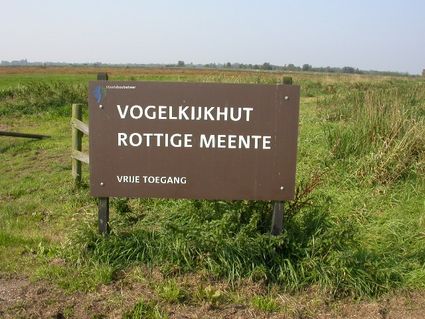 Nijetrijne
Nijetrijne
from your location
-
Appartementen Finistère en de Groede
Appartementen Finistère en de Groede Oosterend Terschelling
Oosterend Terschelling
from your location
-
Ambush at Oldeholtpade
Ambush at Oldeholtpade
On 12 April, the bridge over the Tjonger in Mildam fell into the hands of the Royal Canadian Dragoons reconnaissance regiment. Because the occupier had blown up many other bridges, the Canadians attached great importance to preserving this bridge for the crossing of other Canadian units. That is why dozens of armoured cars, mobile artillery guns and numerous other vehicles were sent to Mildam that day to reinforce the bridgehead over the Tjonger.
In one of those armoured cars, a Staghound, was 24-year-old Trooper Wilfred Robert George Berry from Ontario. The young Canadian had volunteered for military service in Europe. And had already fought with the Royal Canadian Dragoons in Italy. At the end of February 1945, they were transferred to Northwest Europe.
For Berry, the war ended in Friesland. In Oldeholtpade, on the road to Wolvega, his vehicle drove into an ambush along with at least one other Staghound. In the vicinity of a broken-down German car, German soldiers had hidden with Panzerfausts. The Panzerfaust was a very powerful and easy-to-use anti-tank weapon. The first shot missed, but the second projectile hit the front Staghound, on the side where driver Wilfred Berry was sitting at the time.2 The Staghound went off the road and overturned. The three other crew members got injured, but were able to leave the vehicle and took cover behind the second Staghound. One of them stated:
"[…]Flames burst through the turret, where the officer and I were half in and half out of the hatches. Any skin surface not covered was burned and the flames badly singed our eyebrows, eyelashes, moustaches and hands, sending me and the officer both wounded to the field hospital."3
Immediately after the first Staghound was hit, the second Staghound opened fire on the Germans. Seriously injured, Wilfred Berry remained in the vehicle. After about fifteen minutes of shooting back and forth, the other Staghounds retreated towards Oldeberkoop. The exact reason for this remains unclear. Berry was already dying and was briefly cared for by the elderly Andriesje Dekker-Oosterhof in the vehicle when the shooting had stopped. The tragedy had unfolded right in front of her house. He died in the wreck shortly afterwards.
Berry's remains were eventually transferred to the farm on "De Bult" in Oldeberkoop and buried there. After the war he would be reburied at the Canadian war cemetery in Holten. The other crew members were eventually able to return to their units after receiving medical treatment. The commander only had burns on his face.
The event made a deep impression on the inhabitants of Oldeholtpade. In 1945, a monument to Berry was erected. And in 1965, a street was named in his honour.
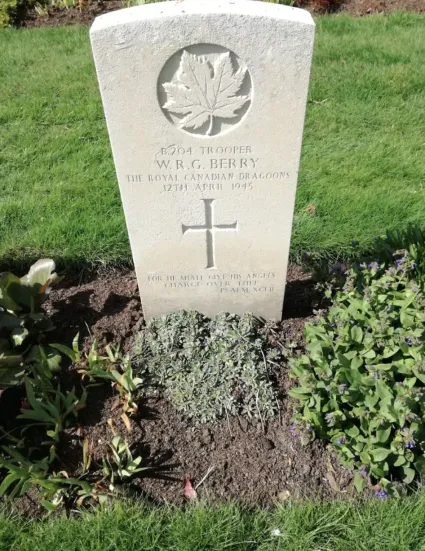 Oldeholtpade
Oldeholtpade
from your location
-
-
Beeld Hein Mader Haule
Beeld Hein Mader Haule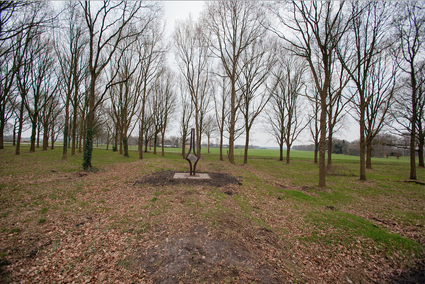 Haule
Haule
from your location
-
Nijsgjirrich
Nijsgjirrich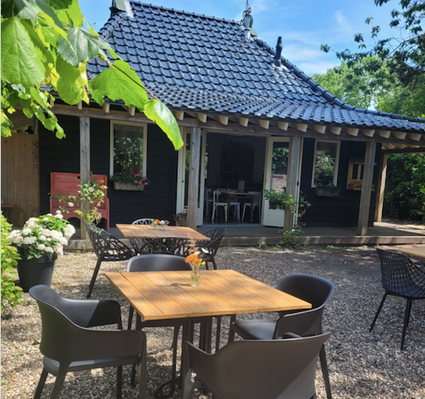 DRACHTSTERCOMPAGNIE
DRACHTSTERCOMPAGNIE
from your location
-
Openluchtzwembad De Dobbe
Openluchtzwembad De Dobbe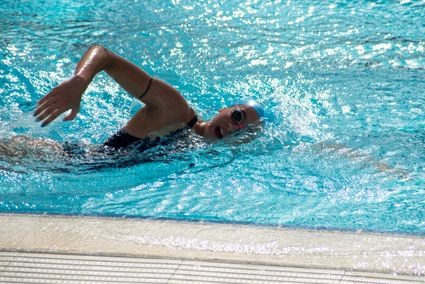 Noordwolde
Noordwolde
from your location

